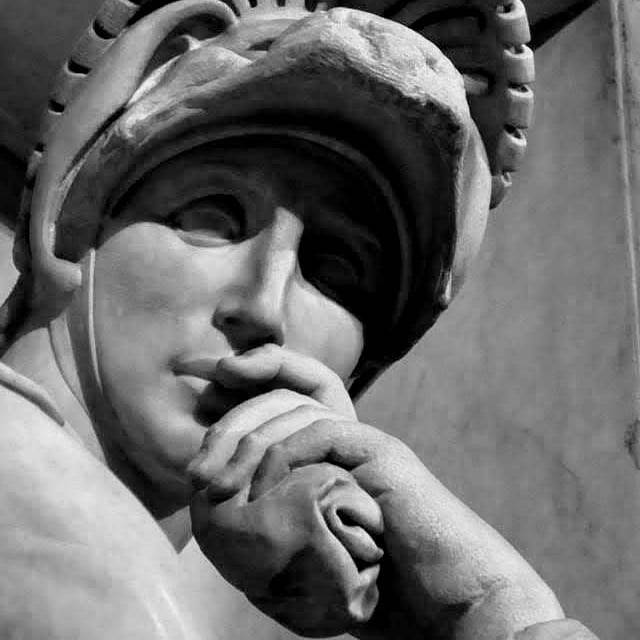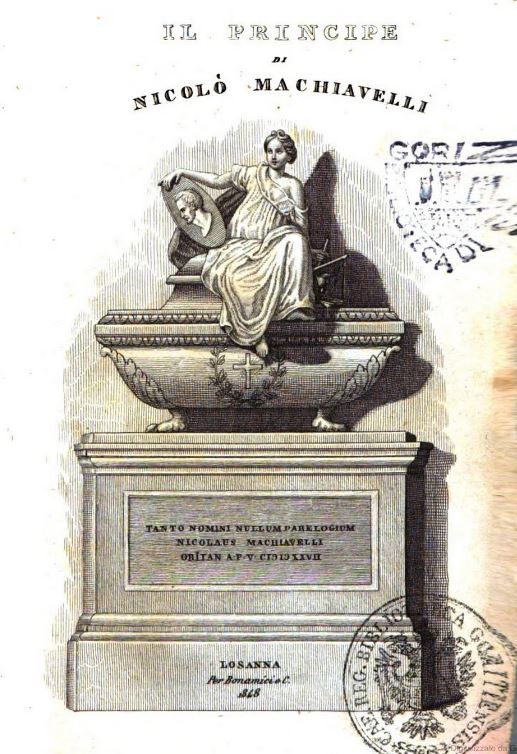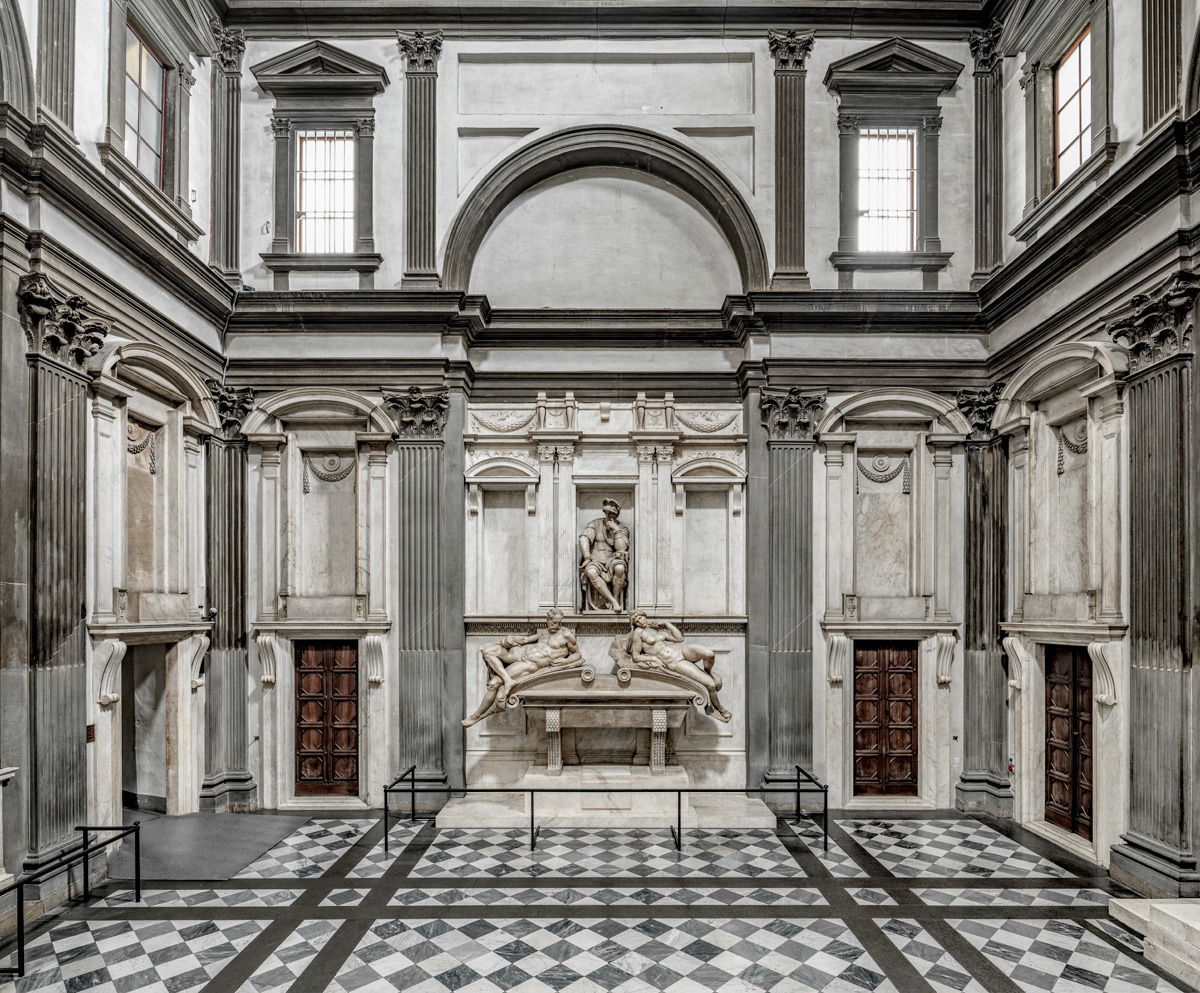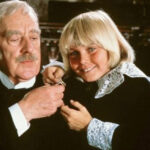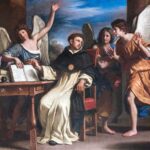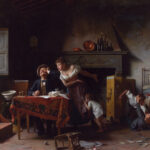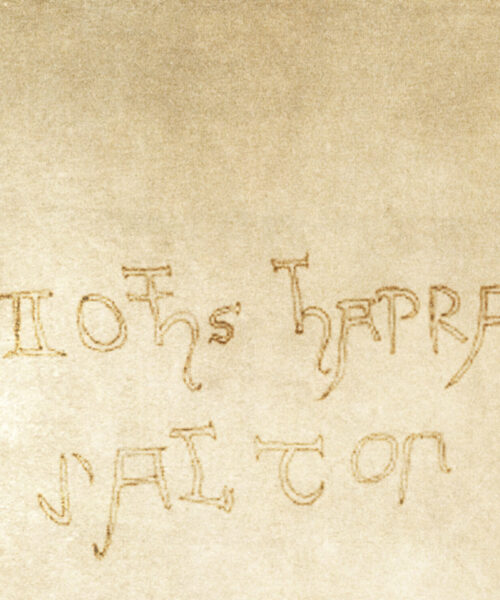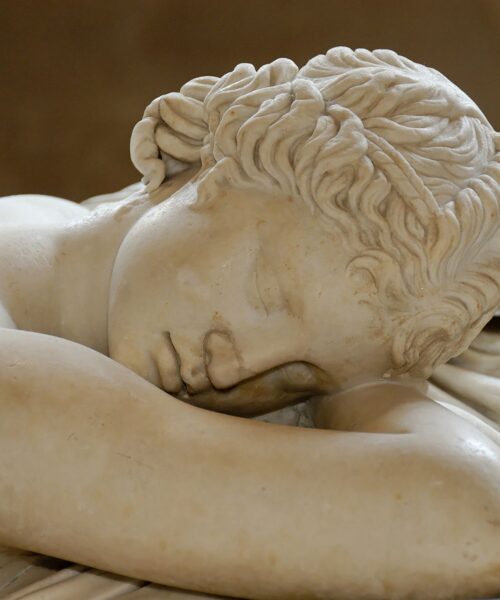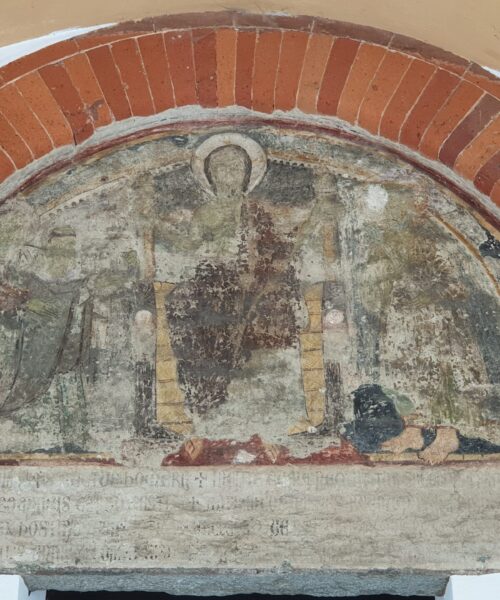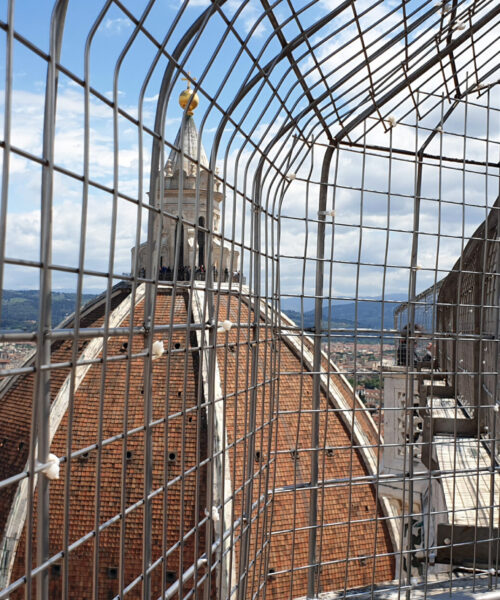The Medici Chapels, located in the majestic church of San Lorenzo in Florence, are a sanctuary of invaluable artworks and historical testimonies. Among these treasures lies the Tomb of Lorenzo, Duke of Urbino (1492-1519), nephew of the famous Pope Leo X (1475-1521).
Crafted by the genius of Michelangelo Buonarroti (1475-1564) in the final years of his stay in Florence, the tomb celebrates Lorenzo de’ Medici, the only son of Piero “the Unfortunate” de’ Medici and Alfonsina Orsini. Lorenzo, lord of Florence and the first and only Duke of Urbino from his dynasty, was a handsome, witty, and cultured man but lacked the energy and boldness needed to govern effectively in the turbulent political landscape of the time.
Despite these shortcomings, or perhaps because of them, Niccolò Machiavelli (1469-1527) dedicated his famous treatise “The Prince” to him. Michelangelo sculpted him dressed as a Roman general, idealizing him as the “Thoughtful” and the “Melancholic.” This reflective and pensive attitude represents the virtues of the Renaissance prince: a heroic exaltation of man, solitary in the face of inevitable human destiny, capable of accepting suffering and death with serenity.
From his niche, the duke’s statue seems to observe the spiritual heart of the chapel, where the pagan concept of man’s exaltation intertwines with the Christian hope of the immortality of the soul, magnificently represented by the statue of the Madonna and Child on the unfinished tomb of Lorenzo the Magnificent and his brother Giuliano.
Next to the duke’s tomb, two more statues by Michelangelo reinforce the theme of life’s transience. These allegories of time, “Dawn” and “Dusk,” are placed on either side of the sarcophagus, precariously balanced. “Dawn” seems to awaken from the torpor of sleep, while “Dusk” is about to fall asleep, symbolizing the relentless passage of time.
Lorenzo’s remains rest within a marble chest inspired by an ancient aedicule from the Pantheon, supported by two pilasters and topped by a catenary arch broken in the center, adorned with volutes at the ends. This structure, majestic and rich in symbolism, evokes the grandeur and impermanence of power and life.
During a recent visit to the Medici Chapels, I personally observed how Lorenzo’s tomb, often confused with that of his grandfather Lorenzo the Magnificent (1449-1492) due to their shared name, is mistakenly attributed to the latter. This fascinating blend of art and history, sculpted in stone by the master Michelangelo, continues to enchant and inspire, revealing the secrets of an era of extraordinary beauty and complexity.


